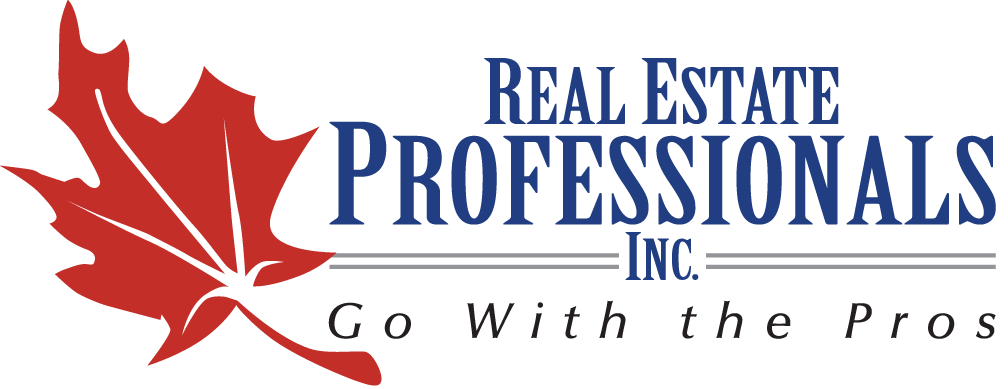Title Insurance vs. Real Property Report (RPR): What You Need to Know
When buying or selling property, understanding the nuances between Title Insurance and a Real Property Report (RPR) is crucial. Both play significant roles in real estate transactions, but they serve different purposes and offer distinct benefits. Here’s a breakdown to help you navigate these important tools.
What is Title Insurance?
Title insurance is a type of insurance policy that protects property owners and lenders against potential issues with the property’s title. These issues might include:
- Title defects: Errors in public records, fraud, forgery, or undisclosed heirs.
- Encroachments: Structures on the property that may encroach on neighboring properties.
- Zoning issues: Problems related to zoning law violations.
Title insurance provides coverage for as long as you own the property, giving you peace of mind against future claims or legal disputes over your property’s title.
What is a Real Property Report (RPR)?
A Real Property Report (RPR) is a legal document prepared by an Alberta Land Surveyor that illustrates the boundaries of a property and the location of significant improvements (such as buildings, garages, sheds, fences, decks, etc.) relative to the boundaries. An RPR typically includes:
- Property dimensions: Exact measurements and boundaries.
- Structures: Locations of buildings and other improvements.
- Encroachments: Any structures that might infringe on neighboring properties or municipal land.
- Compliance: Certification from the municipality that the property complies with local bylaws and regulations.
An RPR is often required by the buyer’s lender and is useful for identifying any potential boundary disputes or bylaw infractions before a property transaction is completed.
Key Differences Between Title Insurance and RPR
- Purpose:
- Title Insurance: Provides financial protection against title-related issues that may arise after the purchase.
- RPR: Offers a detailed survey and assessment of the property’s boundaries and structures before the transaction.
- Coverage:
- Title Insurance: Covers defects, encroachments, and other title-related issues, offering peace of mind and financial protection.
- RPR: Ensures that the property complies with local regulations and accurately reflects property boundaries and structures.
- Timing:
- Title Insurance: Can be purchased anytime during the ownership of the property.
- RPR: Typically prepared and reviewed before the completion of the transaction.
- Cost:
- Title Insurance: Generally, a one-time premium based on the property value.
- RPR: Costs can vary depending on the complexity of the property and surveyor fees.
Which One Should You Choose?
In Alberta, it’s not a matter of choosing between title insurance and an RPR; rather, both are often used in conjunction to provide comprehensive protection and assurance. An RPR can identify physical issues with the property before the sale, while title insurance can cover unforeseen title-related problems that may arise after the purchase.
For Buyers:
- Ensure the property has a current and compliant RPR to identify any potential issues.
- Consider purchasing title insurance to safeguard against future title disputes or defects.
For Sellers:
- Providing an updated RPR can facilitate a smoother transaction and build buyer confidence.
- Be prepared for the buyer to request title insurance as a condition of the sale.
Both title insurance and a Real Property Report play essential roles in our real estate market. By understanding the differences and benefits of each, you can make informed decisions to protect your investment and ensure a seamless property transaction. Always consult with your real estate agent, lawyer, or financial advisor to determine the best course of action for your specific situation. Visit me on Facebook and Google for more on all things real estate!
![]()

